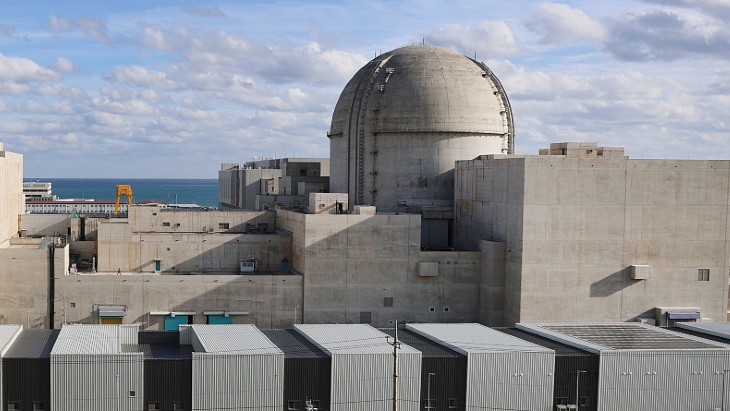Organisational and technical measures are needed to improve the safety of the Democratic Republic of Congo's research reactor, an International Atomic Energy Agency (IAEA) team of experts has concluded. TRICO-II, at the Kinshasa Nuclear Research Centre (CREN-K), has not been in operation since 2003.
An Integrated Safety Assessment of Research Reactors (INSARR) peer review of CREN-K was held on 7-9 May at the request of its owner and operator, the General Commissariat for Atomic Energy (CGEA). The mission followed a previous INSARR held in 2004, and several follow-up missions conducted from 2007 to 2015. The INSARR mission assessed the reactor's safety status based on the IAEA safety standards. The team focused on the implementation of recommendations provided by earlier IAEA safety missions and noted "limited progress", the Vienna-based agency said yesterday.
The team recommended that organisational and technical measures be taken to ensure the safety of the reactor in its current shutdown state, and that regulatory, organisational and technical improvements be implemented, "particularly considering the country's decision to bring the reactor back into operation".
The five-member INSARR team comprised experts from Belgium, Egypt, France and Morocco and the IAEA. It made several recommendations, including: an effective regulatory supervision, including licensing and an inspection programme, should be established; the organisational structure for reactor operation, including a training and qualification programme for reactor staff, should be improved; adequate human and financial resources for reactor safety should be ensured; reactor safety documents and programmes should be developed and updated; and reactor safety systems and components that have been out of service for several years should be refurbished to resolve technical problems.
According to the IAEA statement, CGEA General Commissioner Vincent Lukanda said: "We appreciate the IAEA's long-standing assistance and CGEA is committed to implementing the recommendations shared."
TRICO II, a 1 MW TRIGA Mark II research reactor, was built in 1972 for research, education, training and radioisotope production. It has been operated for about 3500 hours, the IAEA said.
The TRIGA (Training, Research, Isotopes, General Atomics) reactor is a common pool-type design - there were 38 units in 2017, with 31 decommissioned - with three generations of design commissioned since 1960.
TRICO-II is in Kinshasa, the capital of the DR Congo, on the western border of the country. TRICO-II achieved its initial criticality on 24 March 1972. Since November 2004 it has been in an extended shutdown condition. Its predecessor, TRICO-I, a 50 kW reactor, was fully operational at the same site between June 1959 and June 1970. It was then shut down and dismantled but has not yet been decommissioned.
Researched and written
by World Nuclear News




_72306.jpg)


_49562.jpg)





